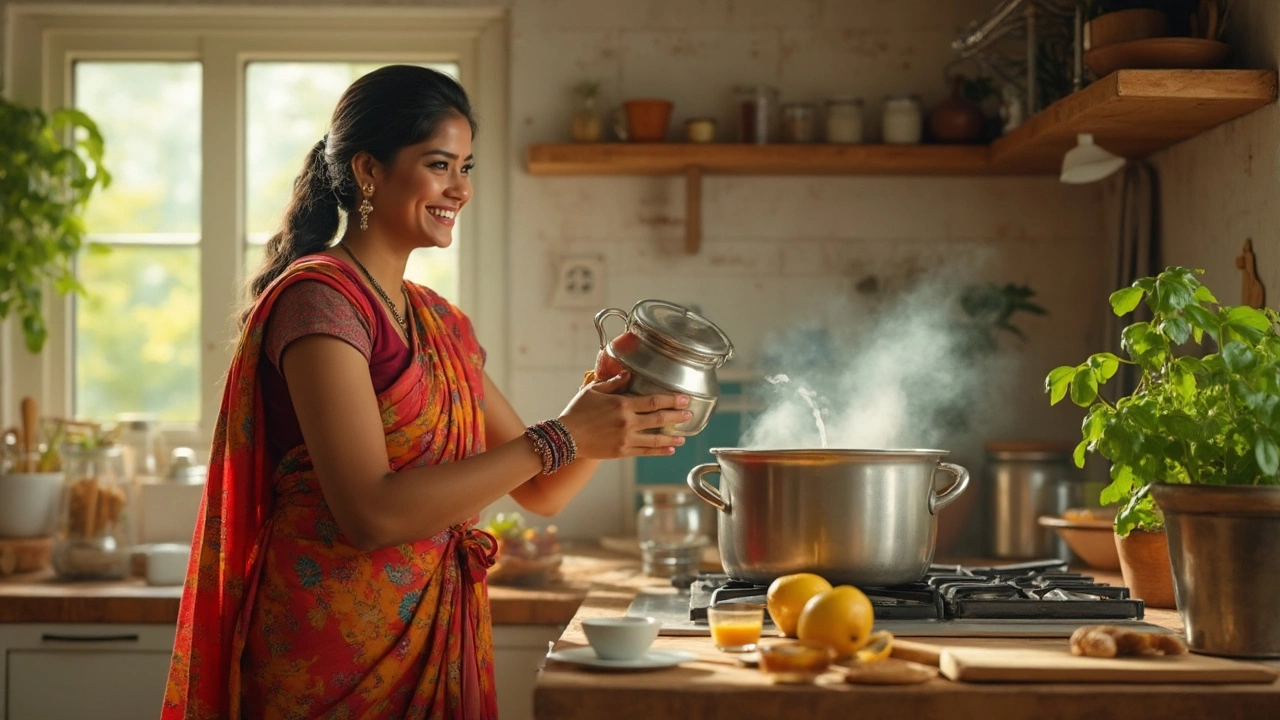Milk for Paneer: Everything You Need to Know
When working with milk for paneer, the fresh dairy liquid you heat and curdle to create Indian cheese. Also known as paneer milk, it is the foundation of the whole cheese‑making process. The end product, paneer, a soft, non‑melting cheese used in countless Indian dishes, relies on the right milk and the right curdling agent. In simple terms, curdling agents, ingredients like lemon juice or vinegar that cause milk proteins to separate trigger the transformation. This trio—milk, curdling agent, and heat—forms the core of any paneer recipe.
Choosing the Right Milk
The texture and flavor of paneer change dramatically with the type of milk you use. Full‑fat cow milk, milk with about 3.5%‑4% fat that yields a softer curd is affordable and works for everyday cooking. Buffalo milk, richer milk with 6%‑8% fat that gives a firmer, creamier paneer is the traditional choice in many Indian households. The higher fat content influences the final paneer’s mouthfeel, making it denser and less crumbly. A simple rule: if you want paneer that holds its shape in gravies, go for buffalo milk; for a softer cheese that melts into salads, stick with cow milk. Whichever you pick, always use fresh, unpasteurized‑if‑possible milk for the best yield.
Temperature matters too. Heating the milk to just below boiling—around 90‑95 °C (194‑203 °F)—activates the proteins without scorching them. Over‑heating can create a skinned surface that impedes curd formation. Use a heavy‑bottomed pan to maintain even heat. This step exemplifies the semantic triple: Milk for paneer requires controlled heating to achieve proper curdling.
Once the milk reaches the target temperature, it’s time for the curdling agent. The amount of lemon juice or vinegar you add directly affects the firmness of the curds. A typical ratio is 1–2 tablespoons of acid per litre of milk. Add the acid slowly while stirring gently; you’ll see the white curds separate from the clear whey within a minute. This rapid separation is a clear example of the triple: Curdling agents trigger protein coagulation in milk for paneer.
After the curds form, let them rest for a few minutes to fully release whey. Then, scoop the curds into a clean cheesecloth or muslin cloth. Gather the corners and press gently to remove excess liquid. For firmer paneer, apply more pressure and let the cloth sit for 30‑45 minutes. Some cooks add a pinch of salt at this stage to enhance flavor. The cloth and pressing step is another semantic connection: Paneer making requires a straining tool to shape the cheese.
Common mistakes include using low‑fat milk, adding too much acid, or skipping the pressing stage. Low‑fat milk lacks the fat needed for a rich texture, leading to crumbly paneer. Too much acid makes the curds too tight, causing a rubbery bite. Skipping pressing leaves excess whey, resulting in a soggy cheese that falls apart in hot curries. To avoid these pitfalls, stick to full‑fat milk, measure your acid, and give the curds enough time to set and dry. With these basics covered, you’ll be ready to tackle any paneer‑based recipe, from butter masala to tikka.
Below you’ll find a curated list of articles that dive deeper into specific aspects of paneer preparation. Whether you’re curious about the science behind curdling, looking for the perfect soda‑boosted dosa batter, or wondering how paneer texture changes with different milks, the posts ahead provide practical tips, troubleshooting tricks, and delicious variations. Let’s explore how each piece fits into the bigger picture of mastering paneer at home.

How Much Milk Is Required to Make Paneer?
Ever wondered how much milk you really need to make paneer at home? This article breaks down the exact amount of milk required, why yields can vary, and how to get the most cheese with the least waste. You'll also get practical tips for making smooth, soft paneer every time. Perfect for anyone who wants homemade paneer that actually tastes fresh and fantastic.
- Chutney Recipes (13)
- General (11)
- Healthy Living (10)
- Easy Indian Recipes (9)
- Chicken Curry Recipes (9)
- Healthy Indian Snacks (8)
- Paneer Recipes (7)
- Dal Recipes (7)
- Street Food (7)
- Dosa Recipes (7)
-
America's Favorite Indian Dish: What Surprised Everyone
13 Jun 2025 -
Substituting Tandoori Masala: Spice Mix for Tandoori Chicken Lovers
28 Mar 2025 -
How Long Should I Soak Dal Before Cooking? Essential Tips for Simple Dal Recipes
14 Jun 2025 -
Famous Vegetarian Foods of India: Culinary Icons, Regional Favorites, and Must-Try Dishes
11 Jul 2025 -
How Long Does Dal Take to Cook? Times, Water Ratios, and Methods
22 Sep 2025
23.05.25
Kaia Binari
0